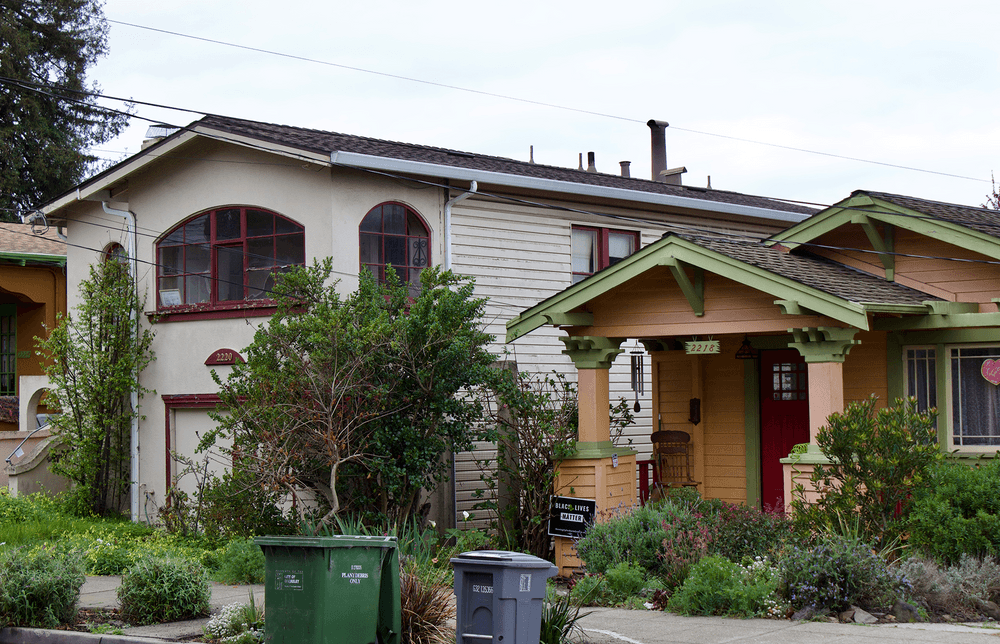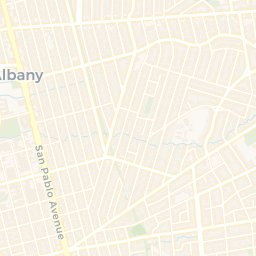Berkeley community faces challenges with increasing rents
It is not a new experience and is especially relevant at UC Berkeley
March 01, 2023

Gavin Sagastume | Staff
It is housing season.
Facebook groups and Slack channels are flooded with a flurry of inquiries to buy, to find, to tour, to rent. Roommates are debated and prices are compared as students desperately try to clear the housing game.
It is not a new experience and is especially relevant at UC Berkeley. And with enrollment increasing every year, the question and debates around housing are only growing, and with them, the conversations around the problems students face living in Berkeley.
Campus junior Cecilia Lunaparra has lived in two different apartments over the course of her undergraduate years. She noted the housing process was “inherently painful,” a shared sentiment by many.
She added the influx of listings that appear early spring and the multitude of factors that must be considered — from ambiguous renting prices to various associated application and security costs — make the search process difficult.
Campus alumnus Daniel Sosa, who has been a resident of the area for the past four years, reiterated the same sense of struggle with the apartment hunting process. He noted the presence of illegitimate posting onlines and experiences with dishonest landlords.
“I like Berkeley and appreciate the neighborhood, but I think the process of finding somewhere to live after your freshman year is really opaque and confusing to younger students,” Sosa said in an email. “If UC Berkeley is not going to provide students with multiple years of on campus housing, I think they have more of a duty to teach students about how the local rental market works.”
Lunaparra similarly emphasized the lack of available on-campus housing after freshman year and alleged that it makes students, especially younger ones, “vulnerable to exploitation.”
Both she and Sosa faced housing difficulties stemming from rent upcharge — an increase in rent by landlords and property owners per duration of tenancy. Lunaparra, who now lives in Berkeley’s Southside neighborhood, was forced to move when her prior landlord raised the monthly rent by $1,000.
Sosa also experienced an uptick in rent this year, stating that his current apartment saw a $2,000 increase in monthly rent from the previous academic year.
“I was extremely frustrated,” Lunaparra said. “Moving is such a hassle, it’s terrible and finding a new apartment is also difficult, (but) we kind of just had to because our previous landlord took advantage of the fact that we were students and needed to live near campus.”
Darker red shades refer to higher rents, while pink shades refer to lower rents.
Rent upcharges also influence the house hunting process. Jadie Stillwell, a campus doctoral candidate, noted her experience picking up and dropping housing offers due to sudden and “huge hikes” in rent.
Among forcing her to search for another place, these spikes in rental prices played into the “desperation” Stillwell faced and the concern over housing she still deals with.
“If my rent goes up at all during the next year, I would no longer be able to afford to live in this house,” Stillwell said. “I am definitely maxed out, probably living a little bit above my means, and I certainly spend around 60% of my paycheck on rent and utilities. That, combined with how expensive groceries are, has meant that I don’t have any disposable income outside of just feeding myself and keeping a roof over my head.”
The problem persists for many undergraduate and graduate students alike.
Throughout, and even before, his undergraduate years, Sosa worked year-round to pull together money for his rent.
For graduate student instructor Zachary Hicks, high rent prices meant moving increasingly farther away from campus.
Hicks lives in Oakland, about 8.5 miles away from campus, and commutes to campus as needed. Apart from the COVID-19 pandemic, during which landlords were not allowed to raise prices, he said his rent increased every year.
“It was really hard,” Hicks said in an email. “On a graduate student salary it is hard to afford very much. In this context, as a graduate student, you often need a level of flexibility that is usually not realistic because often it can take a very long time to find a place.”
Both Lunaparra and Stillwell also noted that living experiences differ depending on where one lives in the Berkeley area, specifically those surrounding campus.
According to the 2021 U.S. Census, tract 4228, which approximately corresponds to Berkeley’s Southside neighborhood, had the larger overall population of 11,245, with about 0.7% of the population 65 years or older, and an average age of 20.1.
Comparatively, census numbers showed that tract 4225, which roughly corresponds to Berkeley’s Northside neighborhood, had a population of 5,065; 6.9% were 65 years or older and the median age was 26.1.
Lunaparra noted her own varying experiences living in Northside versus Southside Berkeley neighborhoods. The proximity to campus, she said, played a role in her decision to live there, despite the more “noisy” and “unkept” streets.
The larger, younger student population in Southside, among other things, is what makes housing in the area harder to find and the neighborhood a target for campus and city efforts to construct more housing.
“As UC Berkeley admits more students, we need more places to house them,” Lunaparra said. “If we don’t accommodate students in Southside, the way that we are not right now because there are not enough homes for the amount of students who want to live in the area, it can … bring prices up and also create a cycle of displacement within the city.”
Ananya Rupanagunta is a deputy news editor. Contact her at arupanagunta@dailycal.org, and follow her on Twitter at @ARupanagunta.
Cameron Fozi is a projects developer. Contact him at cfozi@dailycal.org, and follow him on Twitter at @cmrnfzi.
About this story
This project was developed by the Projects Department at The Daily Californian.
Data for this project come from the U.S. Census.
Questions, comments or corrections? Email projects@dailycal.org.
Code, data and text are open-source on GitHub.
Support us
We are a nonprofit, student-run newsroom. Please consider donating to support our coverage.
Copyright © 2022 The Daily Californian, The Independent Berkeley Student Publishing Co., Inc.














